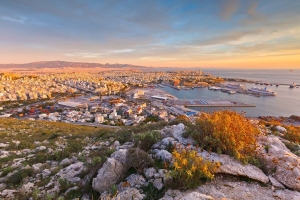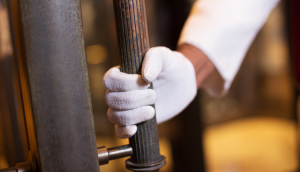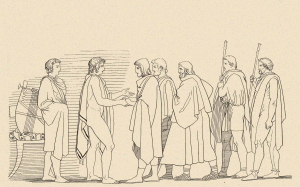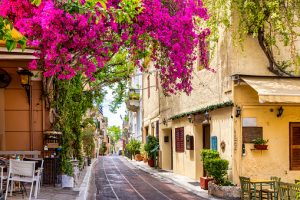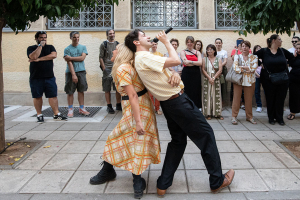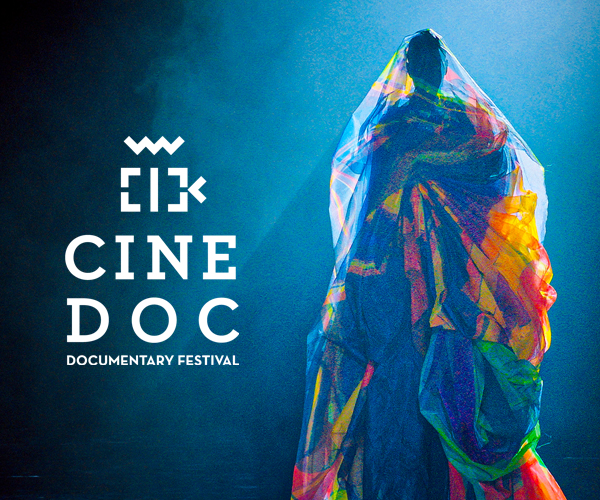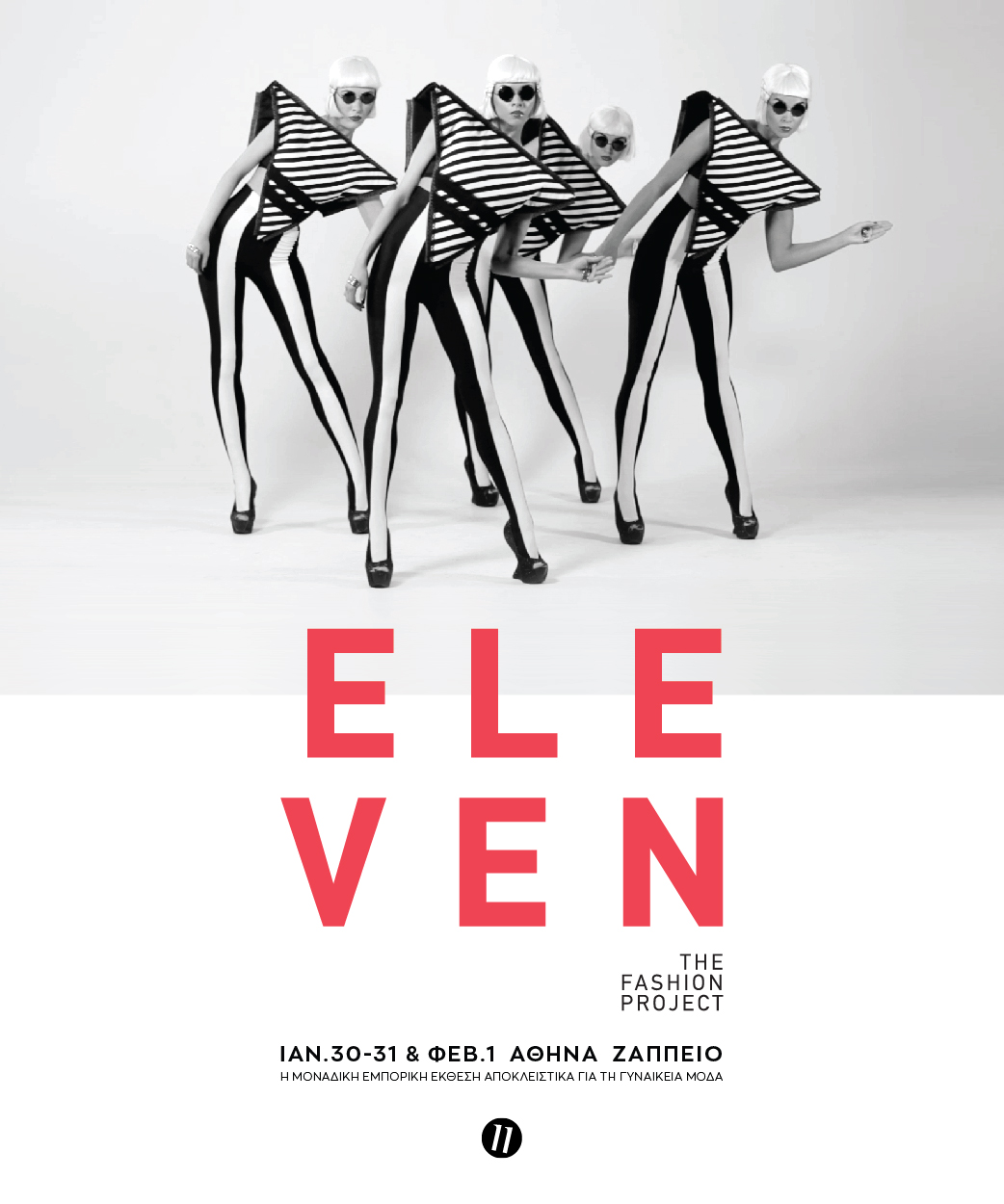XpatAthens
Where New Meets Old In Athens
The Story Of The Most Iconic Doorman In Athens
A few months ago, Taktikos was ranked by Marriott International among the "best of the best," receiving the J. Willard Marriott Award of Excellence. This annual award honors the company's most exceptional associates who represent the characteristics of the award: achievement, integrity, dedication, effort, and perseverance.
To read this article in full, please visit: ekathimerini.com
Tom Hanks Receives Honorary Greek Citizenship
Tom Hanks has been awarded Greek citizenship as Greek President Prokopis Pavlopoulos signed an honorary naturalization order allowing the actor to claim citizenship, his office told The Associated Press on Friday.
Tom Hanks and his wife, actress and producer Rita Wilson, often spend their summer vacations in the house they own on the Greek island of Antiparos. The couple have also produced several films in Greece; In 2002 they produced the hit "My Big Fat Greek Wedding" and its sequel that was released in 2016. Hanks was also the executive producer of the 2008 musical "Mamma Mia!" and the 2009 comedy "My Life in Ruins."
In Greece, honorary naturalization is granted to people “who have provided exceptional services to the country or whose naturalization serves the public interest.”
To read this article in full, please visit: nbcnews.com
Santorini Walking Tours
Philoxenia: The Ancient Roots Of Greek Hospitality
To read this article in full, please visit: greekreporter.com
Some Of The Best Neighborhoods To Live In Athens
Here are some of our favorite neighborhoods to live in Athens, from the ones close to the city center to the northern and southern suburbs. This amazing city has so many options to choose from.
Nea Smyrni
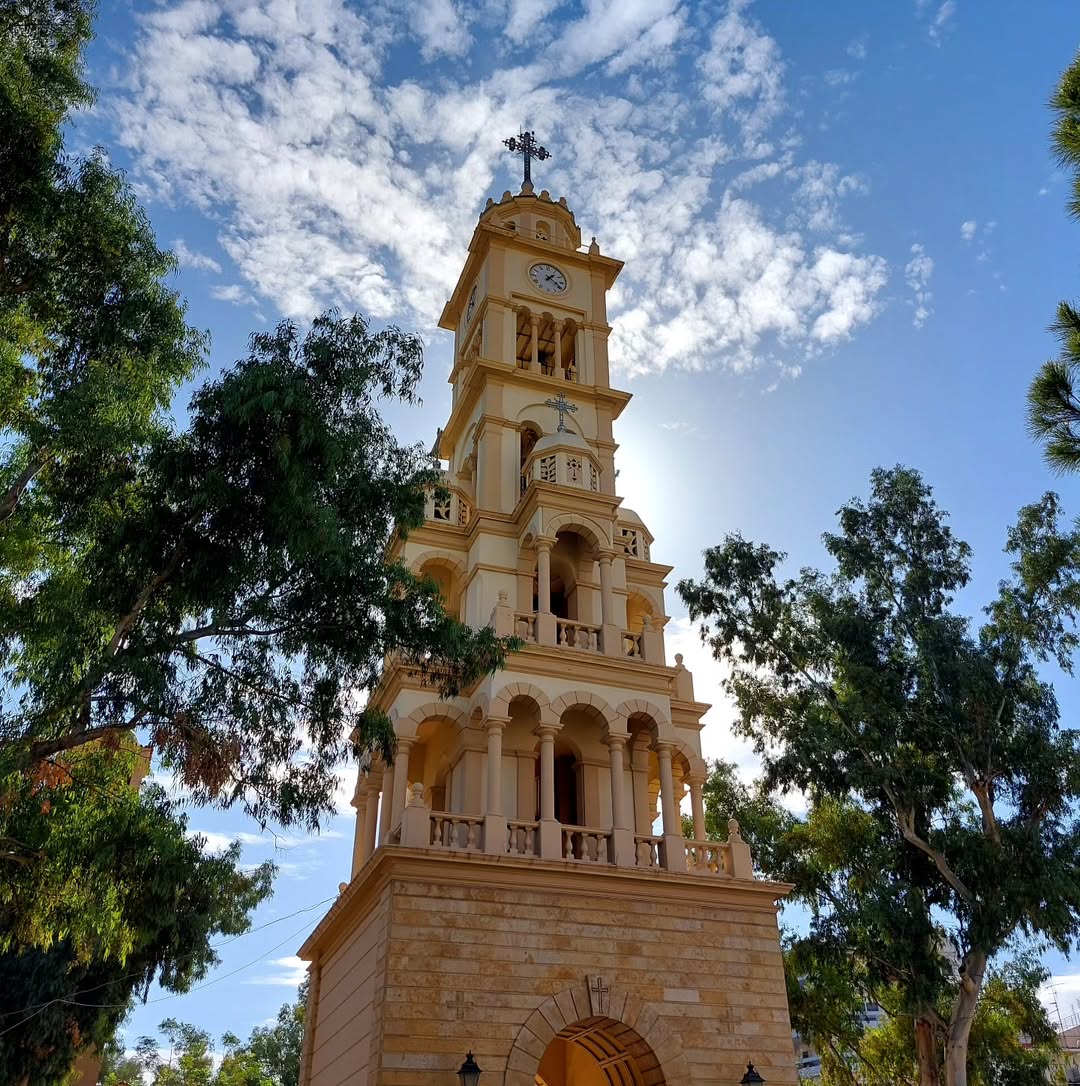
@tenarinsthlm
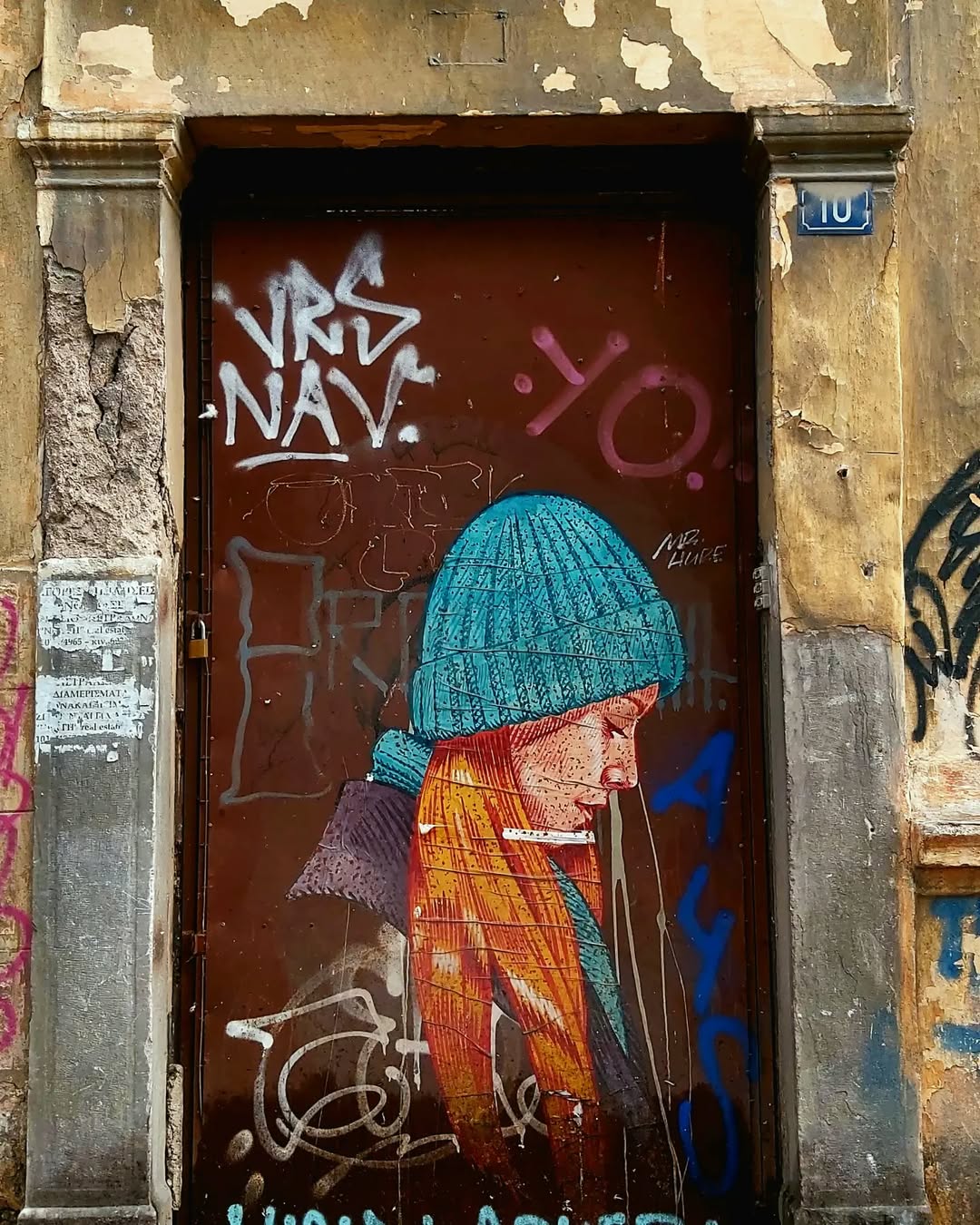
Credit: @yiannisassiouras_photography

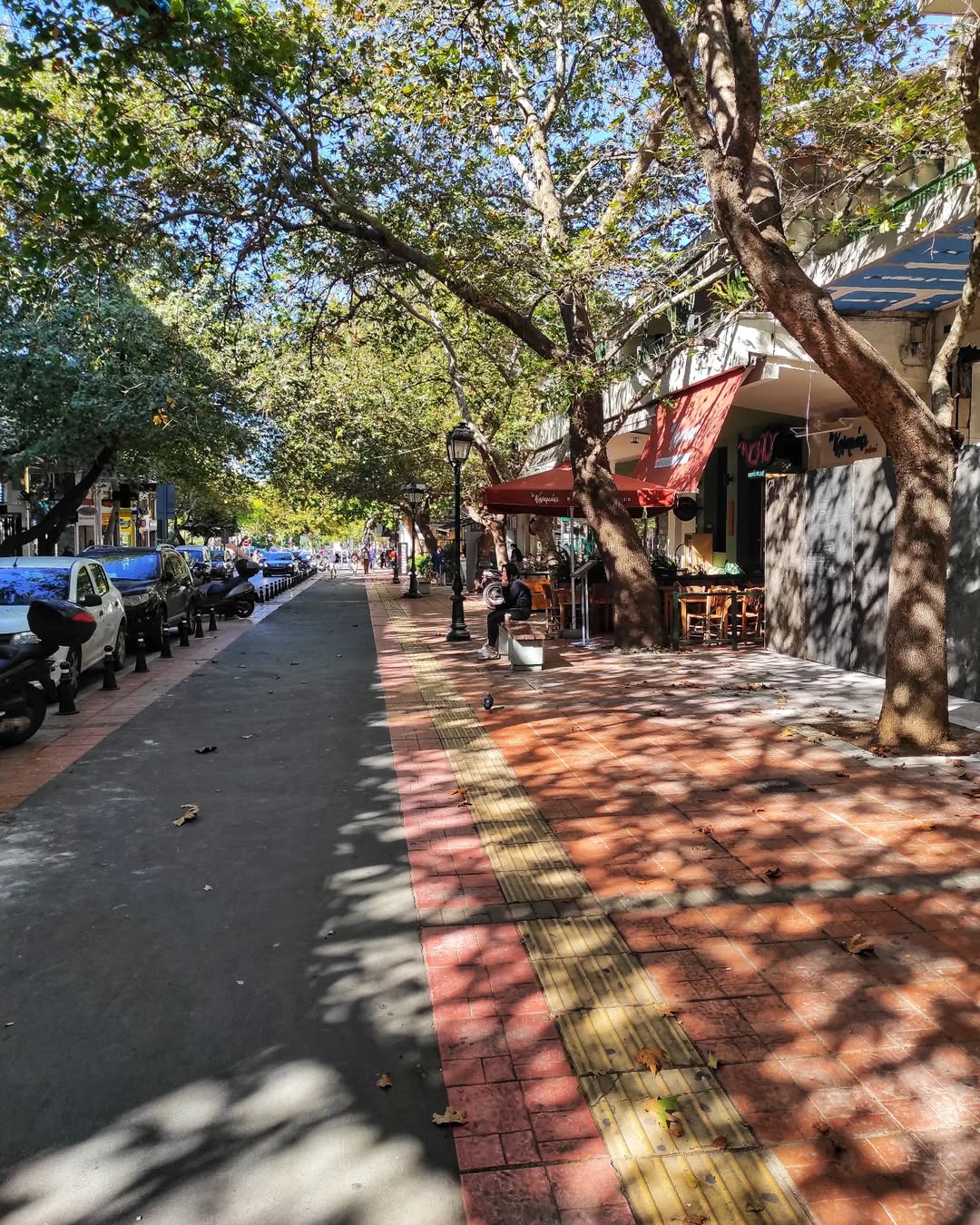
Credit: @katerinafakinou87
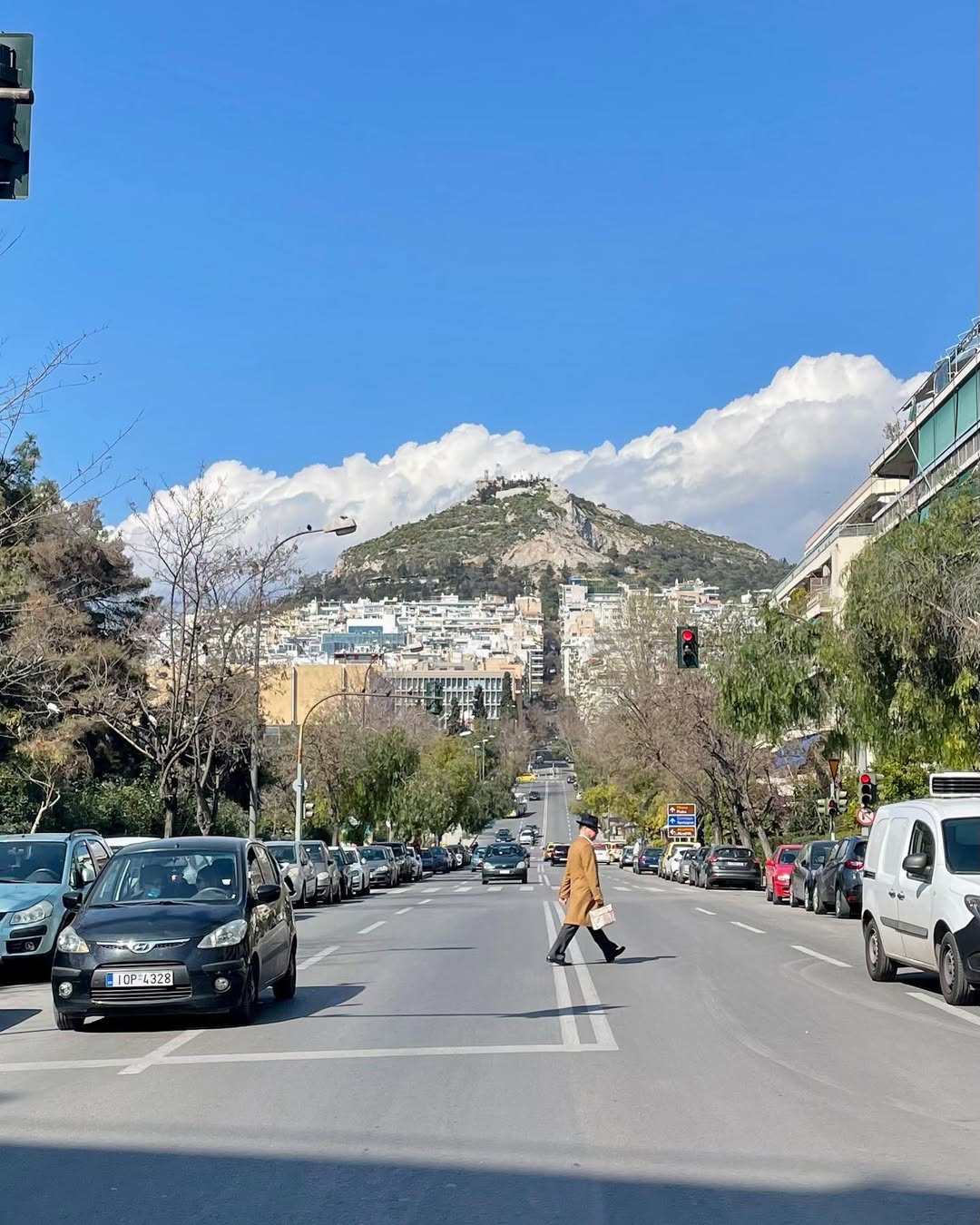
Credit: @wabitop
Chalandri
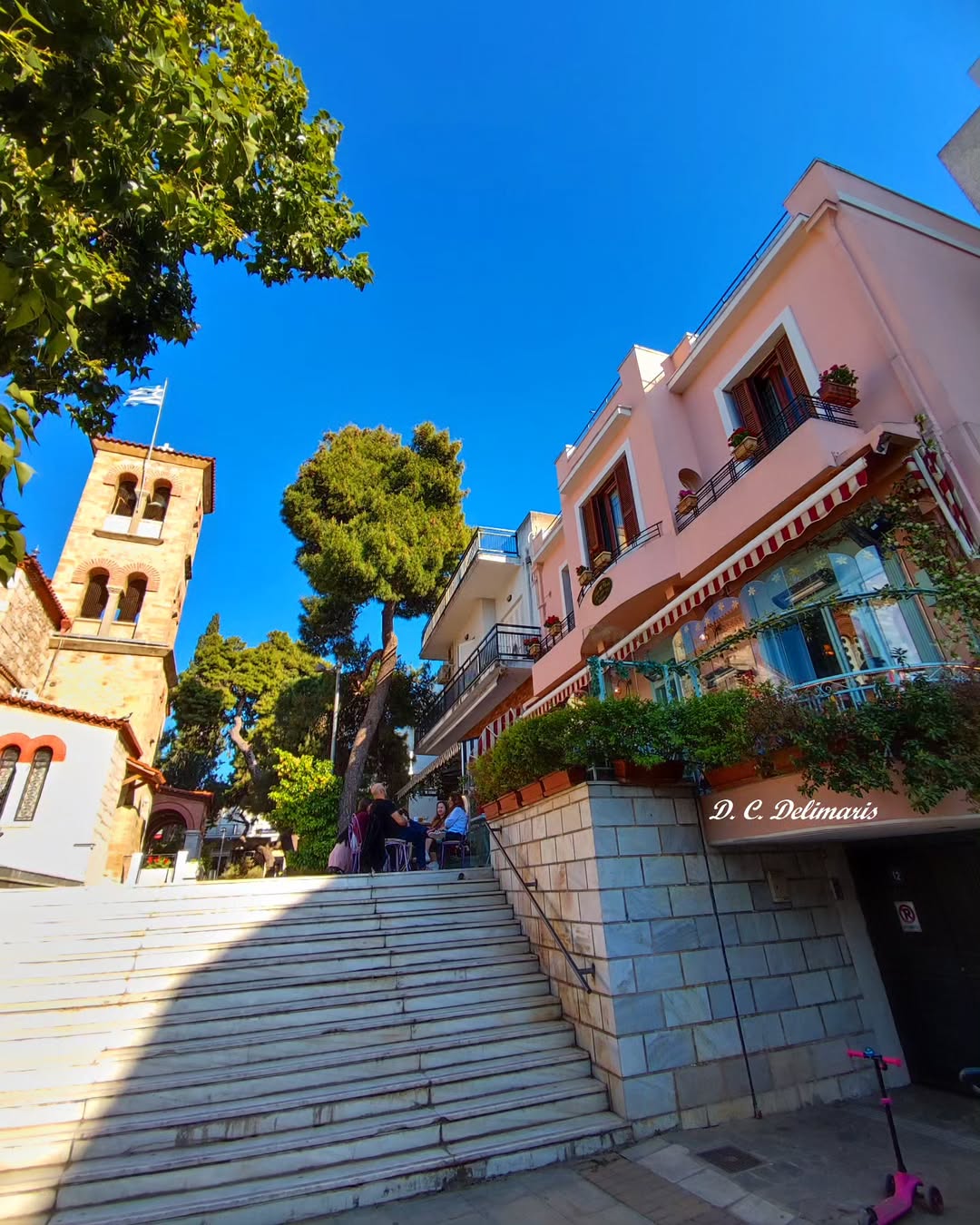
📍Credit: @varasovas
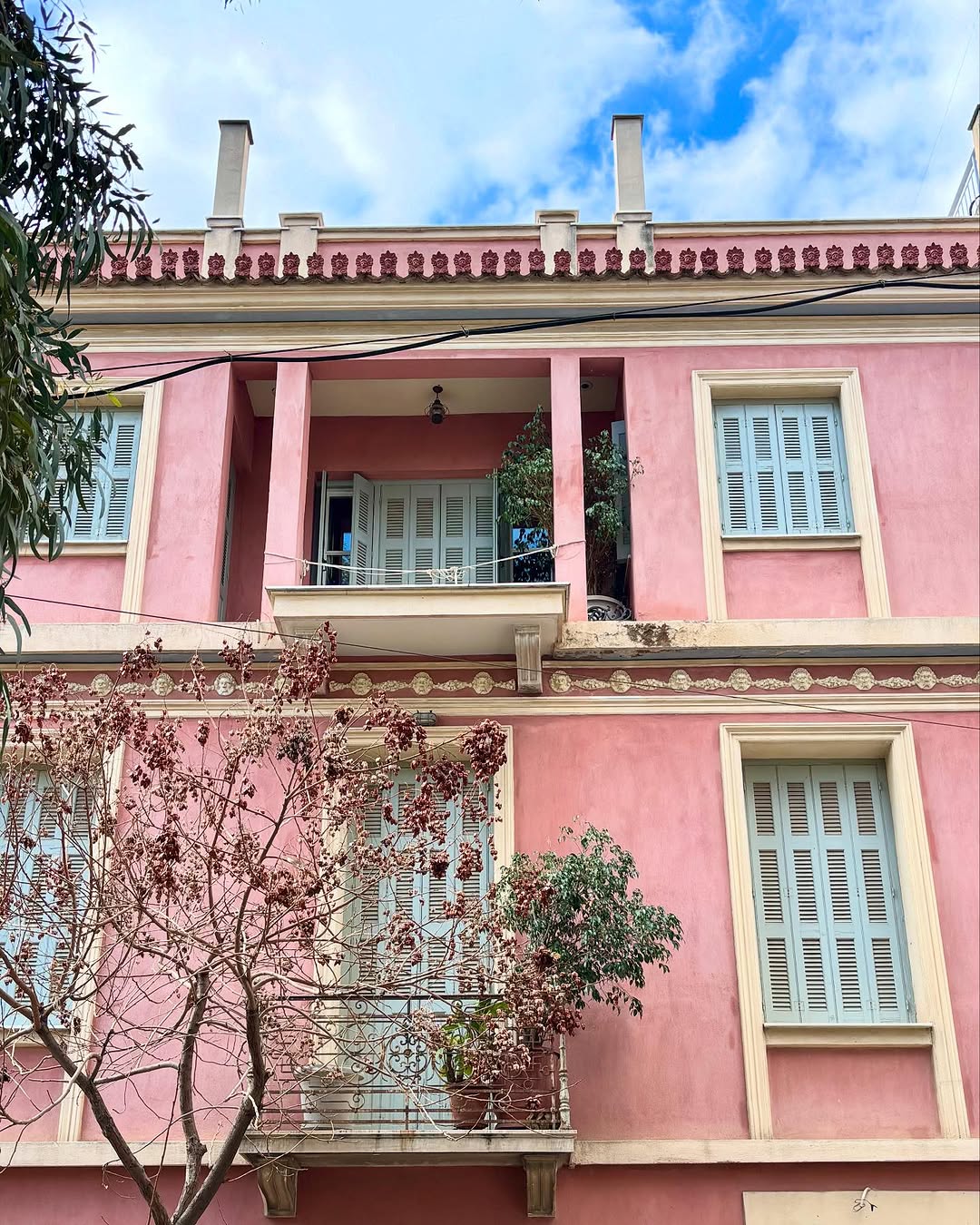
📍Credit: @frederieklommen
How To Start A Private Limited Company (IKE) In Greece: A Step-By-Step Guide
- Separate Legal Entity:
An IKE company is a completely separate legal entity, distinct from its owners. This separation is critical from a legal and liability perspective, as it allows the company to incur debts and conduct business in its own name, offering significant protection to its members. - Scope of Members:
An IKE company can have one or more members. A single-member IKE company is known as an SMPC (Single-Member Private Company). - Company Duration:
The default duration of an IKE company is 12 years. However, this can be modified through amendments to the company’s articles. Members can also vote to extend the duration beyond 12 years. - Capital Requirements:
Only 1 euro is required to establish an IKE company, making it accessible. Contributions can be made in various forms, including non-cash assets. - Limited Liability:
Members have no financial risk beyond their contribution, except in very limited cases where administrators may be personally liable for tax or social security debts.
This content has been created in collaboration with Tsaks Consulting.
A New Season Of Culture & Creativity At The Kypseli Municipal Market
This September at the Kypseli Municipal Market, the spirit of community is at its best. The historic building is buzzing with life, hosting cultural events, workshops, food, and gatherings that bring people together. Families, friends, and visitors stroll through the market, discovering not only unique shops but also creative initiatives, social impact projects, and spaces that celebrate diversity and connection.
EventsWe’re back in Athens, just like you, and this is your reminder that it may be the right time to make your sexual health a priority. The Athens Checkpoint team will be at the Kypseli Municipal Market to provide information about prevention and sexual health, give out free condoms, and offer free and rapid testing for HIV, syphilis, and Hepatitis B & C.
▪ Mondays 1, 15 & 29/9 || 11:00-15:00
▪ Creative Lab
▪ Free entrance
The Kypseli Municipal Market hosts a farmers’ market with fresh organic produce from small-scale producers.
▪ Every Wednesday || 14:00-17:00
▪ Atrium
▪ Free entrance
The Ethiopian community invites you to celebrate with us the Ethiopian New Year with lively rhythms, vibrant colors & patterns, unique food, and drinks.
▪ Sunday 7/9 || 10:00-22:00
▪ Atrium
▪ Free entrance
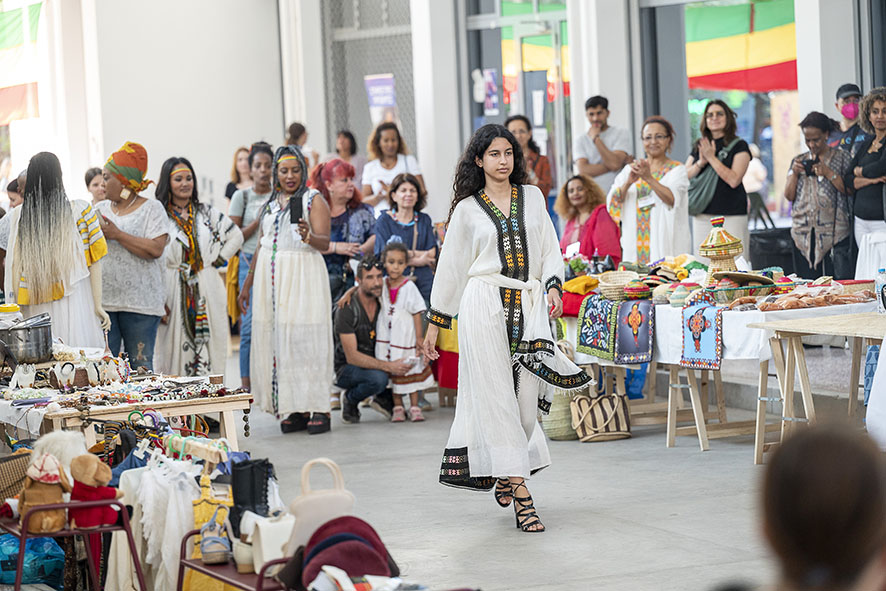
With the initiative of the Kypseli Municipal Market, Blood-e is organizing an action to support voluntary blood donation.
▪ Wednesday 9/9 || 16:00-19:00
▪ F
▪ Free entrance
Athens Beer Weekend is back! Get ready for three days full of beer, music, and urban fun vibes at the Kypseli Municipal Market! Craft beers from top microbreweries, street food to excite your taste buds, DJ sets from selectors who know how to set the mood, merchandise from local brands, and many surprises to quench even the toughest thirst!
▪ Friday 12/9, 17:00-23:30 | Saturday 13/9, 15:00–23:30 | Sunday 14/9, 13:00–23:30
▪ Atrium
▪ Free entrance
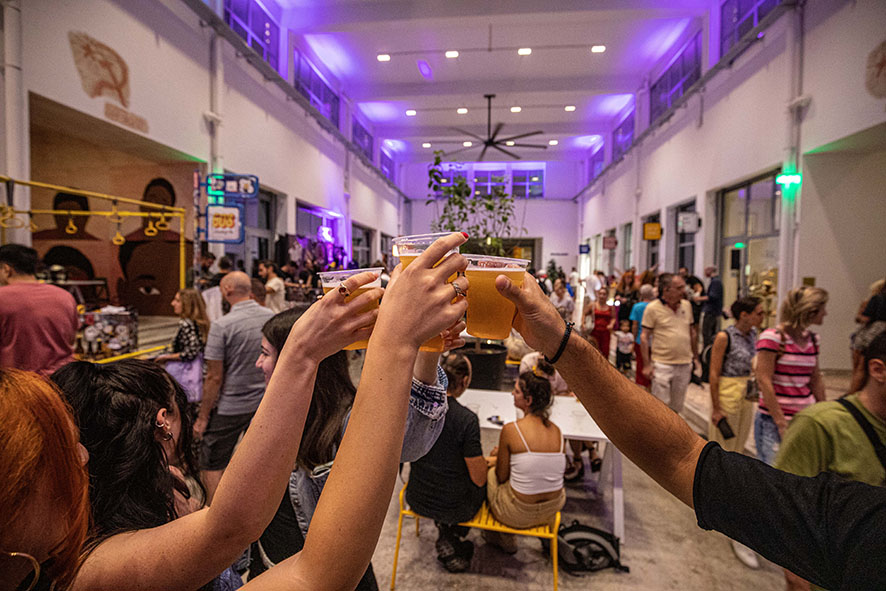
From September through October, we “walk” again through the history of the city’s liveliest neighborhood! The Kypseli Municipal Market invites us once more on a unique theatrical walk “Next Stop: Kypseli.” Now in its sixth season, the tour takes us back in time, as Kypseli “comes alive” before our eyes, revealing secrets and stories hidden in every corner. Duration: 80'
▪ Sundays 14/9, 21/9, 28/9 || 19:00 (arrival required at 18:45)
▪ Meeting point: Kypseli Municipal Market / Exhibition entrance, Fokionos Negri St.
▪ Ticket: €10. Reduced: €7 (for unemployed, students, disabled, seniors 65+). Presale at more.com
The Accessibility & Inclusion Working Group of the City of Athens is organizing a full-day free event dedicated to sustainable mobility and cycling as part of European Mobility Week. In collaboration with the NGO “Cities for Cycling” and local schools, the event offers hands-on activities for children and adults, highlighting the role of bicycles in everyday life and sustainable urban mobility.
▪ Tuesday 16/9 || 10:00-19:00
▪ Atrium, Creative Lab
▪ Free entrance
A two-day festival by the organization “The Georgian House,” featuring traditional Georgian dishes and wine. Chefs from the Georgian community will cook, accompanied by artists, painters, jewelers, and other creators. The event includes traditional Georgian dances and music.
▪ Saturday 20 & Sunday 21/9 || 11:00-20:00
▪ Atrium
▪ Free entrance
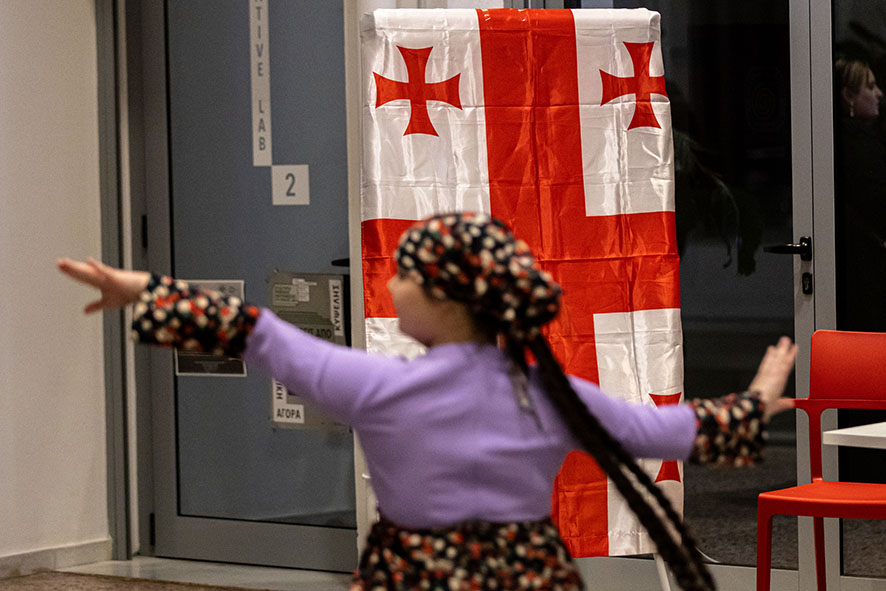
After the success of “Medusa Workshop: Create Your Own Jellyfish and Become Part of the Story!”, ADAF Greece returns to Kypseli Municipal Market with a day dedicated to technology and creativity. Visitors will explore ADAF’s installations and admire their own jellyfish creations.
▪ Thursday 25/9 || 17:00-23:00
▪ Atrium
▪ Free entrance
Stay tuned for more information!
▪ Friday 26/9 || 21:00
▪ Saturday 27/9 || 20:00
▪ Atrium
▪ Free entrance
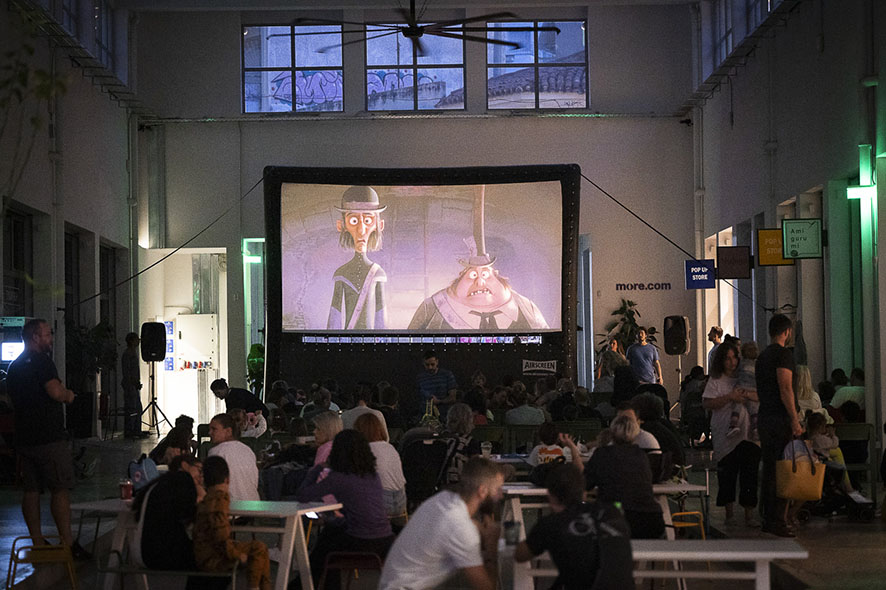
At the historic Kypseli Municipal Market, in one of the city’s liveliest neighborhoods, we enjoy great music by top selectors and DJs, creating a diverse musical soundtrack for the soul, mind, and body.
▪ Sunday 28/9 || 13:00-23:30
▪ Atrium
▪ Free entrance
The “Wasted” campaign, organized by Syniparxis Org under Bloomberg Philanthropies’ Youth Climate Action Fund and supported by the City of Athens, culminates on Monday 29 September 2025, the International Day of Awareness of Food Loss and Waste. A large-scale festival at Kypseli Municipal Market aimed at the city’s young citizens.
▪ Monday 29/9 || 13:00-22:00
▪ Atrium
▪ Free entrance
A unique art exhibition showcasing works by students from the Avlona Juvenile Detention Center, created in a setting of stark contrasts. The artworks reflect the school’s transformation into a vibrant artistic workshop.
▪ Monday 29/9 – Sunday 5/10 || Mon-Fri 15:00-21:00 & Sat-Sun 10:00-21:00
▪ Large F
▪ Free entrance
Earrings, keychains, colors, and imagination! Two creative polymer clay workshops—one for beginners, the other more advanced with floral designs.
▪ Monday 15 & 29/9 || 18:00-20:30
▪ Creative Lab
▪ Cost: €25 per workshop (all materials provided)
▪ Sign up and info here
Join us at the Kypseli Municipal Market for Afro-American dance and choreography to a Sudanese jazz song with addictive groove and relaxed style. Learn basic moves, rhythms, weight shifts, body involvement, and relax into the beat. Includes warm-up, circle coordination, and cooldown.
▪ Monday 15/9 || 18:30-20:30
▪ Atrium
▪ Free entrance (reservation required here)
Starting with woodworking basics, participants will quickly get hands-on learning how to use hand tools. By the end, each will take home their own handmade stool.
▪ Every Wednesday, 17/9 – 5/11 || 18:30-20:30
▪ HOKOCRAFTS
▪ Limited seats. Info & tickets: https://www.hokocrafts.com/workshop
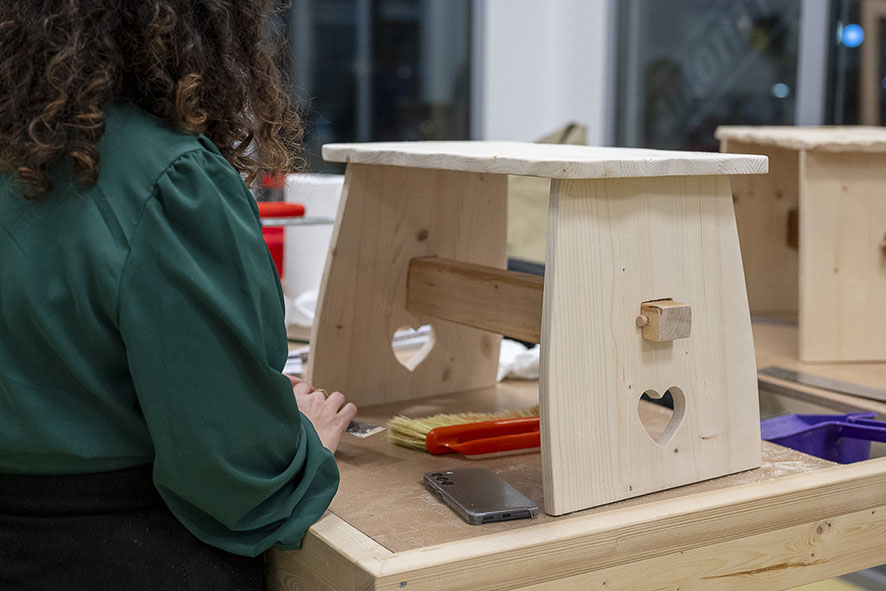
What remains when voices fall silent? Old photos, hidden stories, and women behind great names inspire new writing. We’ll explore pop culture, tradition, and silenced lives to discover how to write more powerfully.
▪ Monday 22/9 || 18:00-21:00
▪ Small F
▪ Free entrance. Reservation via DM or email torvas.athens@gmail.com (first-come, first-served)
In collaboration with textile designer Porfyria Moschopoulou, the Kypseli Municipal Market hosts embroidery workshops focusing on cross-stitch. Participants (15+) will learn stitches, patterns, materials, and design harmony. Suitable for beginners or those wanting to expand their skills.
▪ Every Tuesday, 30/9 – 9/12 || 18:30-20:30
▪ Small F
▪ Tickets via more.com. Cost: €125 full cycle (30/9–9/12), €70 per half cycle.
A seminar hosted at Kypseli Municipal Market for parents, teachers, caregivers, and anyone wishing to gain essential skills to handle emergencies for all ages. Covers CPR, anti-choking techniques, injury and allergy management. Includes theory and practical training.
▪ Tuesday 30/9 || 18:30-20:00
▪ Creative Lab
▪ Cost: €30. Reservation via Momscent’s Instagram page + payment via Iris (Tax ID: 149175938)
▪ Mon 1 – Sun 7/9 || 10:00-21:00
▪ Mon 1 – Sun 7/9 || 10:00-21:00
▪ Mon 15 – Sat 21/9 || 12:00-20:00
▪ Mon 22 – Sun 28/9 || 10:00-21:00
▪ Mon 29/9 – Sun 5/10 || Mon-Wed 10:00-15:00, Tue-Thu-Fri 13:00-21:00, Sat-Sun 12:00-21:00
Shops
At the Kypseli Municipal Market, you’ll discover a lively mix of shops that celebrate creativity, culture, and community. Hōkō brings eco-friendly and sustainable home décor inspired by Japanese and Scandinavian design, with a mid-century twist—and a plant cutting gifted with every purchase. SCRIP is a cozy bookstore offering a thoughtful selection of Greek and translated literature, poetry, theory, and rare editions, while also hosting talks and seminars. The VERY COOL Knowledge Bookstore adds a playful touch, filled with books on geography, history, science, and psychology, along with collectible merch, games, and colorful curiosities. For something truly unique, Finikalala offers handmade jewelry and accessories created in collaboration with Kenyan women artisans, blending African tradition with Greek culture and supporting fair trade. And at Modistra Hopemade, handmade home items and accessories come to life through the work of formerly incarcerated women, combining creativity with empowerment and social impact.
Eastern Pelion
According to Greek mythology Pelion was the mountain of the Centaurs and also the summer resort of the 12 Olympian Gods. It is one of the most beautiful places in Greece, with wonderful forests and green slopes. This mountain is also associated with myths about Hercules, Achilles and Jason, as well as with the myth of Paris, who gave the ‘Apple of Discord’ to the most beautiful goddess and this brought about the Trojan War.
Pelion today is a perfect tourist destination for all seasons and tastes, as it combines mountain and sea beauties in a unique way. Its tourist infrastructure is constantly growing whereas there’s marvelous nature and picturesque villages.
Eastern Pelion is the part of Pelion facing the Aegean Sea, a place where nature is ‘wild’, rough and the vegetation is so lush that it slopes down to the sea
Information:
• Eastern Pelion embraces villages both on the mountain, like Zagora or Tsangarada, and near the sea like Horefto or Agios Giannis.
• Visitors can access the area through Western Pelion, and, depending on where they want to go they have to pass by Chania, Milies, Argalasti or Lafkos.
• The climate is influenced by the Aegean Sea, so it is cooler in summer and colder in winter than the one in Western Pelion.
Infrastructure:
• There are lots of big and small hotels, guesthouses and let rooms. There are also tourist camps.
• There are small marinas for sailboats and yachts to dock
• There is a bus service connecting the area with the rest of Magnisia prefecture.
Eastern Pelion offers:
• A unique combination of mountain and sea settings, in a most beautiful landscape all year round.
• A wide network of marked trails, ideal for all those who love hiking, at any age.
• Exceptional beaches in the waters of the Aegean Sea, organized ones for the many, and secluded for the few.
• Possibilities for alternative tourism activities.
• A variety of choices regarding accommodation, dining and entertainment.
• Lots of traditional villages built in the traditional architectural style of Pelion.
To read more, please visit inthessaly.gr
Greece, Eurozone Fail To Agree On Next Steps
Wednesday's Eurogroup ended without agreement between Greece and its eurozone partners but also without a joint statement on how to move forward. "We explored a number of issues, one of which was the current program," Eurogroup president Jeroen Dijsselbloem told a news conference in the early hours on Thursday in Brussels.
"We discussed the possibility of an extension. For some that is clear that is preferred option but we haven't come to that conclusion as yet. We will need a little more time."
It appears that the two sides had agreed to release a joint statement but that last minute objections from the Greek delegations, which was led by Finance Minister Yanis Varoufakis and Deputy Prime Minister Yiannis Dragasakis, led to the process being abandoned.
Dijsselbloem said that the all the eurozone finance ministers would reconvene on Monday, which is the last planned Eurogroup meeting of the month, to reassess the situation but there would be no discussion between experts or visits to Athens in the meantime.
Varoufakis made a brief statement to reporters after the meeting and played down a failure to reach a common position. He said he believed a "healing deal" could be reached on Monday.
He denied that the sticking point had been an insistence from Greece's eurozone partners to extend the existing bailout and said there were no threats towards Greece during the meeting.
"We explained whey this bailout is not working," he said. "We want a new contract with Europe."
To read more, please visit ekathimerini.com

